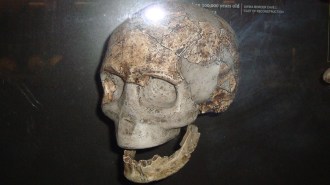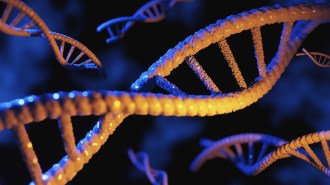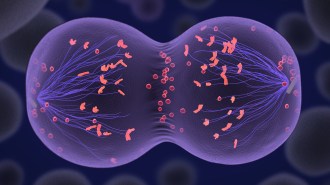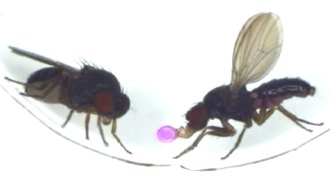In 1967, LSD was briefly labeled a breaker of chromosomes
Excerpt from the April 1, 1967, issue of Science News
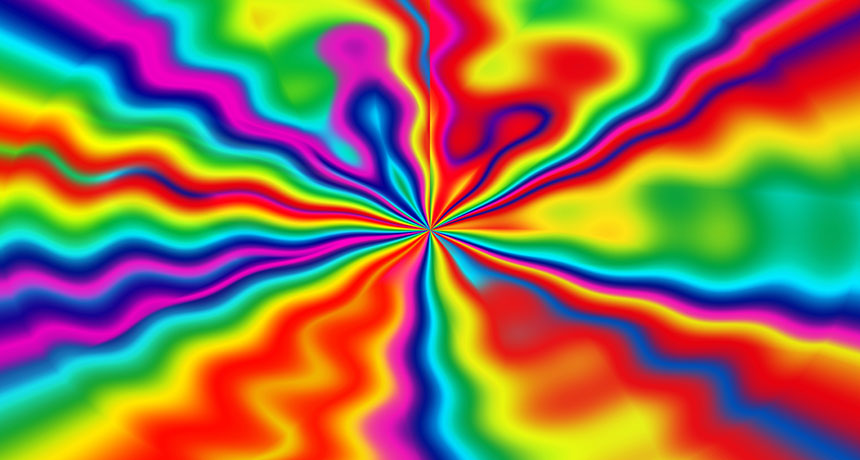
LONG, STRANGE TRIP LSD briefly got tagged as a gene breaker a half century ago before getting a reprieve. Researchers are still trying to figure out how this substance triggers intense, long-lasting hallucinations.
Zoran Ras/Shutterstock
 LSD may damage chromosomes
LSD may damage chromosomes
